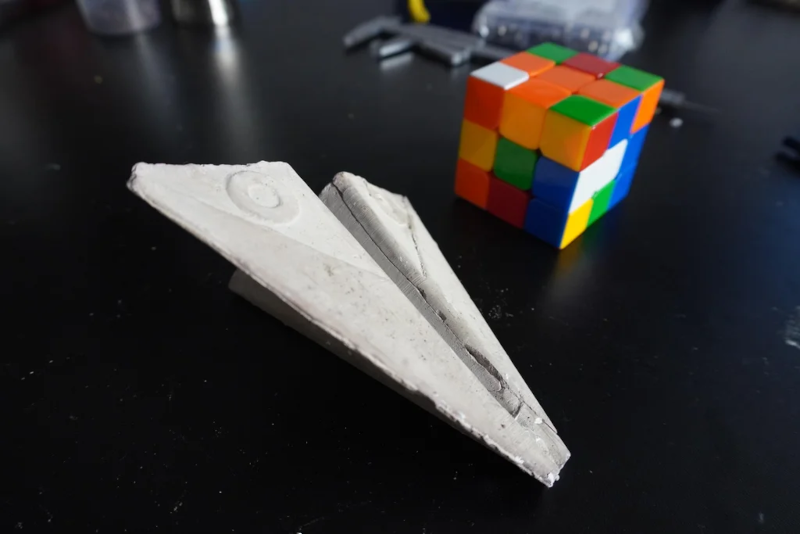Most of us have made paper airplanes at one time or another, but rather than stopping at folded paper, [VirgileC] graduated to 3D printing them out of PLA. Then the obvious question is: can you cast one in cement? The answer is yes, you can, but note that the question was not: can a cement plane fly? The answer to that is no, it can’t.
Of course, you could use this to model things other than non-flying airplanes. The key is using alginate, a natural polymer derived from brown seaweed, to form the mold. The first step was to suspend the PLA model in a flowerpot with the holes blocked. Next, the flowerpot gets filled with alginate.
After a bit, you can remove the PLA from the molding material by cutting it and then reinserting it into the flower pot. However, you don’t want it to dry out completely as it tends to deform. With some vibration, you can fill the entire cavity with cement.
The next day, it was possible to destroy the alginate mold and recover the cement object inside. However, the cement will still be somewhat wet, so you’ll want to let the part dry further.
Usually, we see people print the mold directly using flexible filament. If you don’t like airplanes, maybe that’s a sign.
